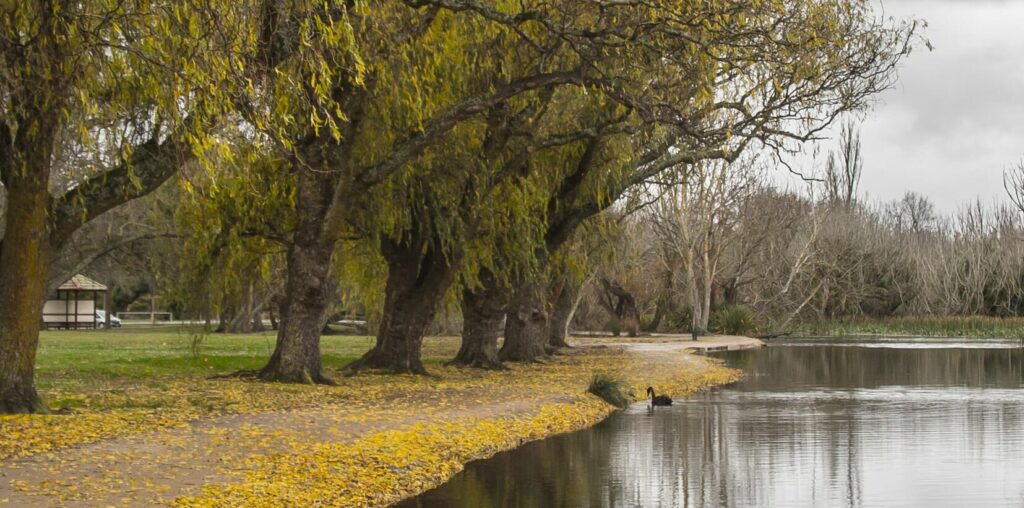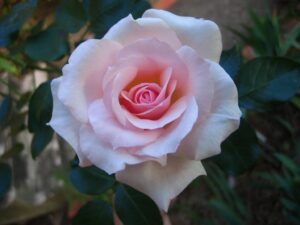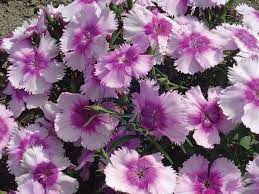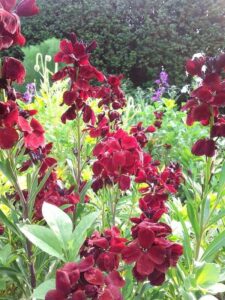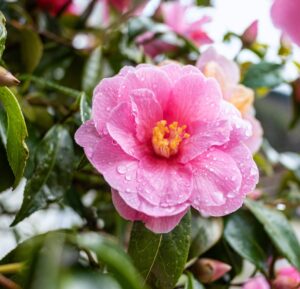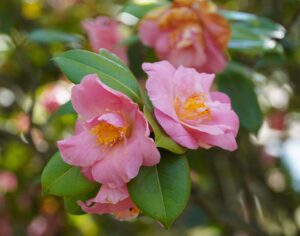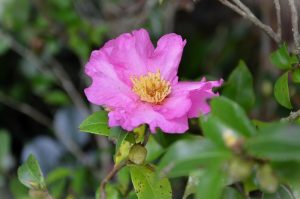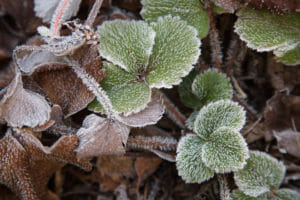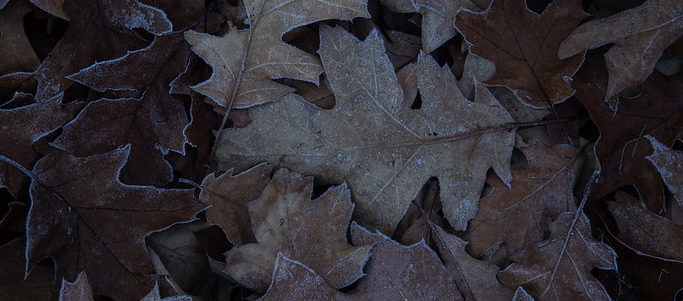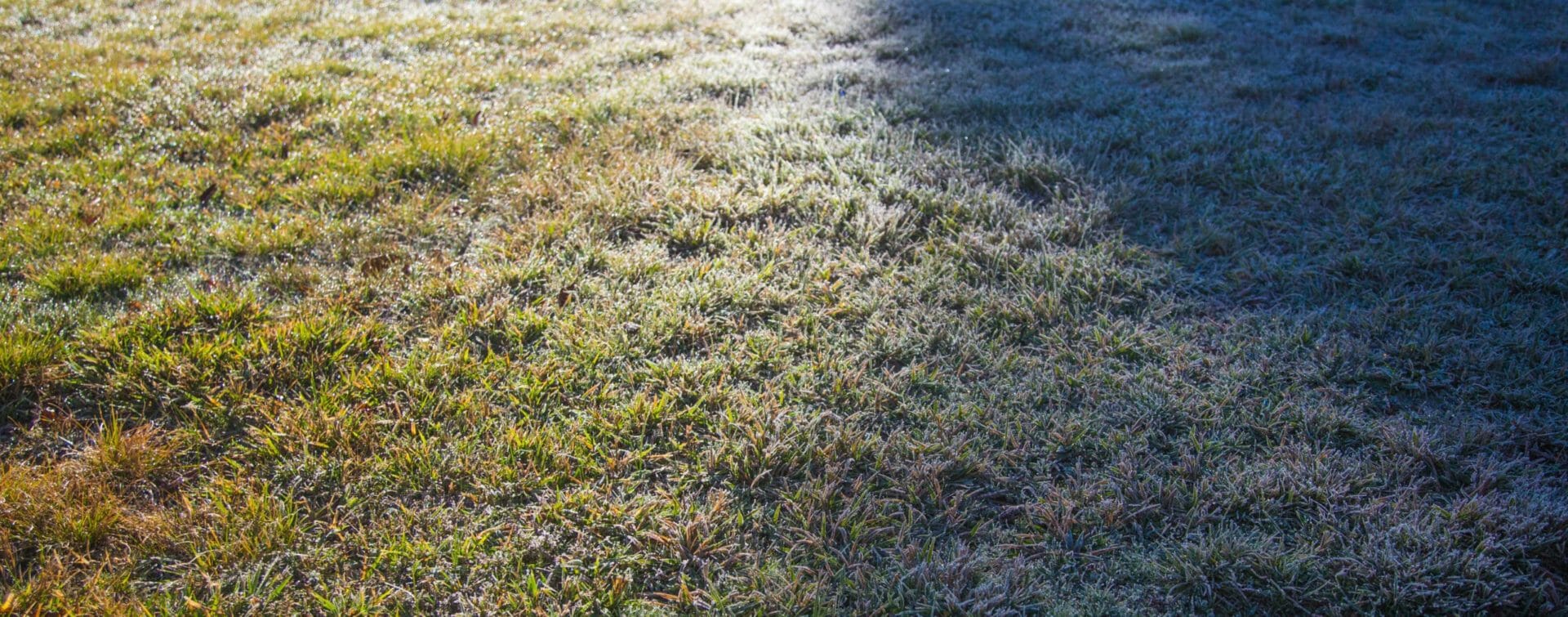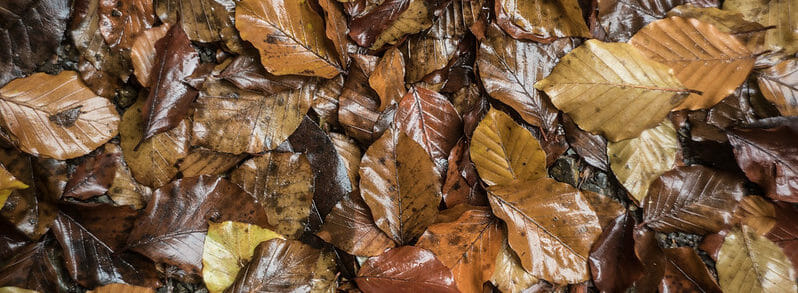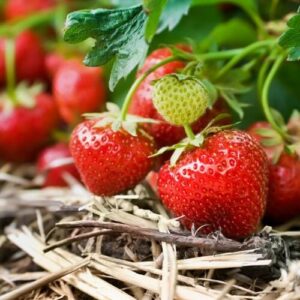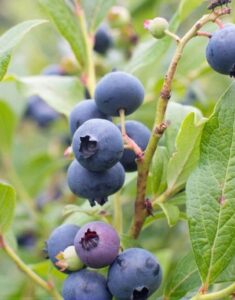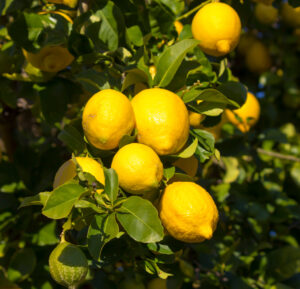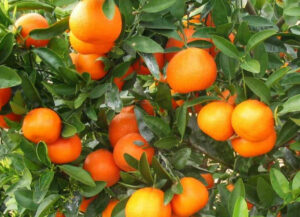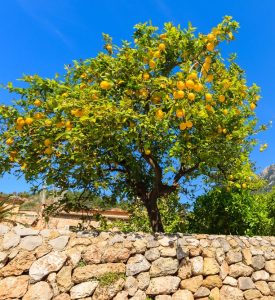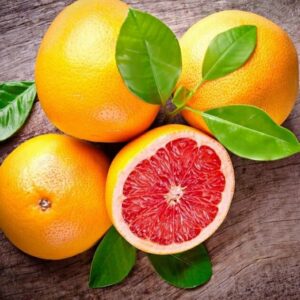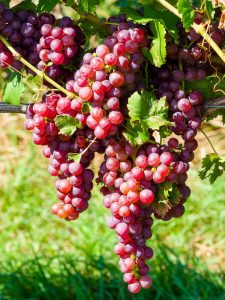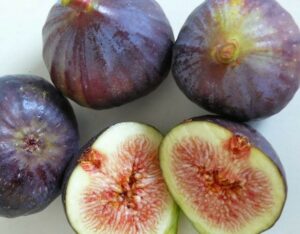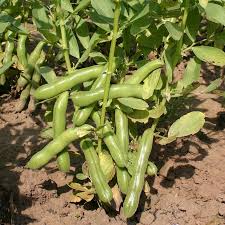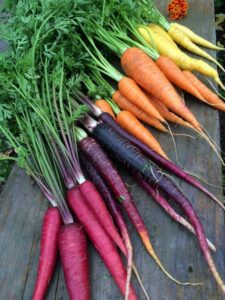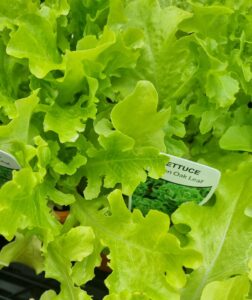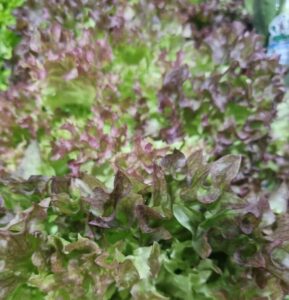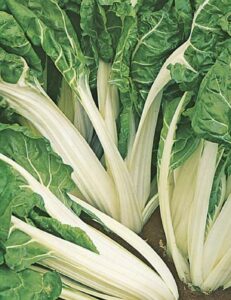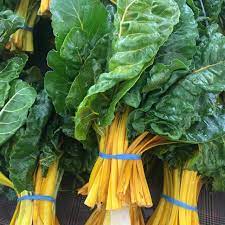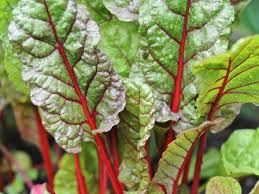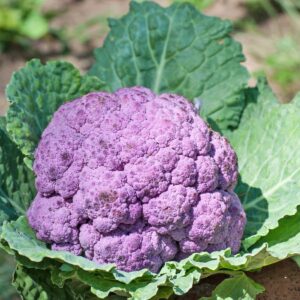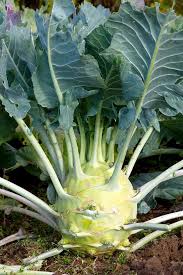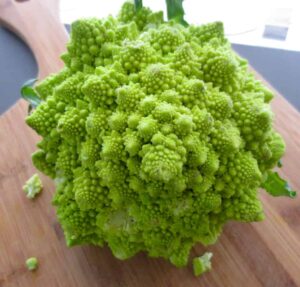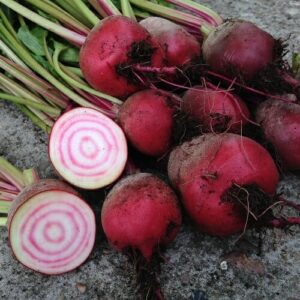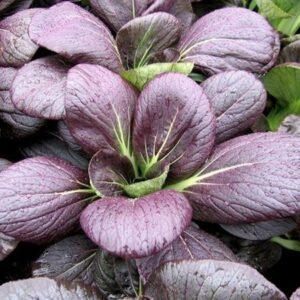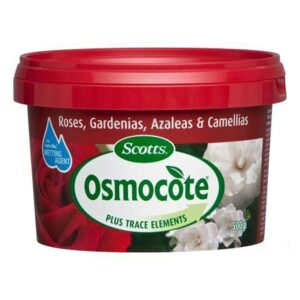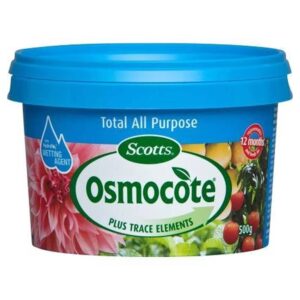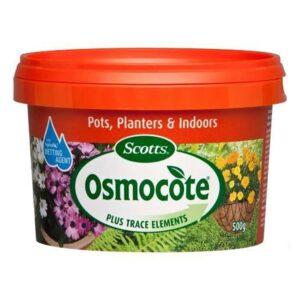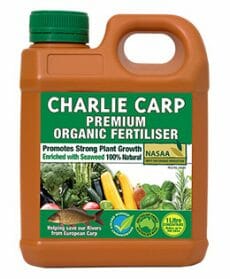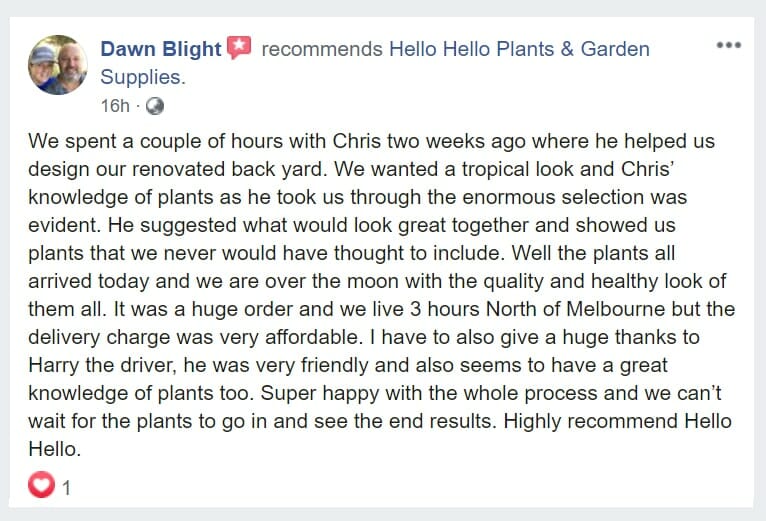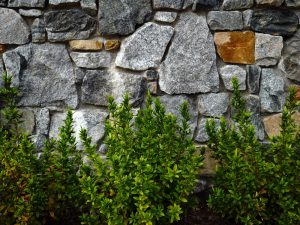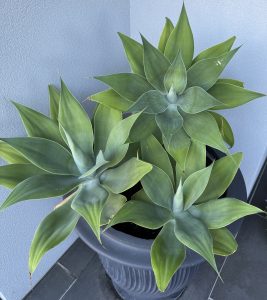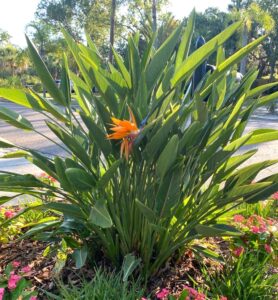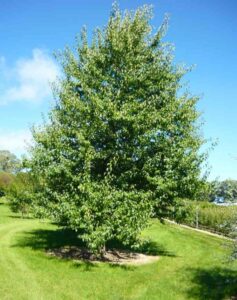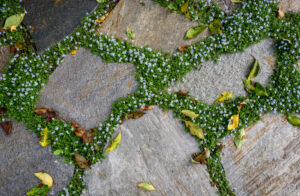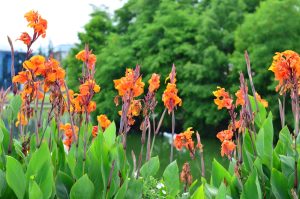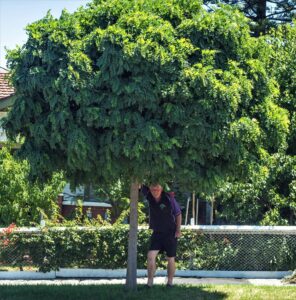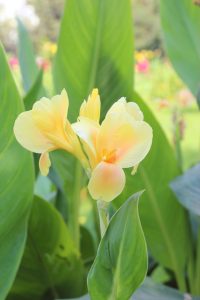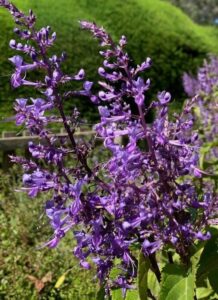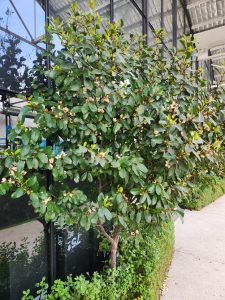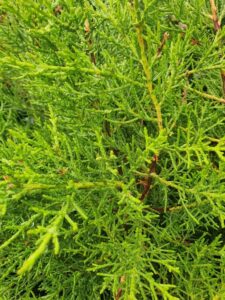
May in the Garden!
Let the cold weather begin! May brings the first frosts, cold nights and a blaze of Autumn colour and leaf fall from our deciduous trees and shrubs. There are lots of trees still bearing beautiful autumn foliage such as the Crimson Sentry Maples, London Plane trees and Golden Elms but by the end of the month, most deciduous trees will be completely bare and in their stark, sculptural winter form.
However, it’s not all grim for May as there are some beautiful flowers blooming and a lot of delicious fruit to harvest. Get some gardening gloves ready, as there are quite a lot of things to get done during this time, in preparation for the months to come.
Mother’s Day!
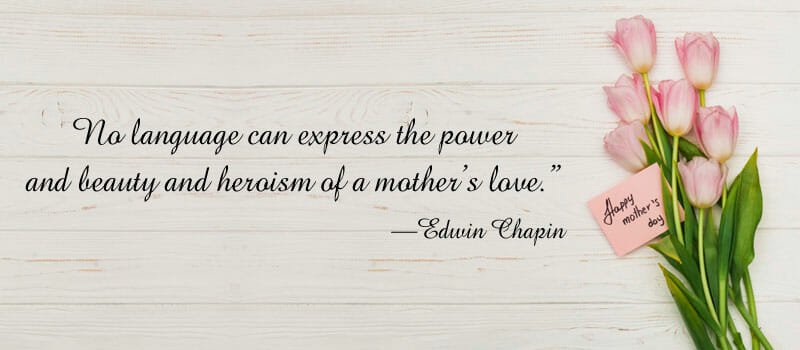
With Mother’s Day right around the corner, come to the nursery and get some lovely plants to treat your mum and grandmother. We have a big range of indoor plants to brighten up the kitchen or living room, some fragrant flowers, flowering trees and so much more at very low prices! Or you can also get a gift voucher, which might be more convenient. These can be mailed by post or emailed and can be redeemed in-store or even online.
Top picks for mum!
Forget the boring common bunches of flowers that everybody buys, and get something that will undoubtedly make mum happy for years to come! Here is a selection of the best fragrant and beautiful flowering plants that keep on giving!
What is flowering right now?
There are some beauties just about to flower, such as camellias, begonias, salvias, Dianthus and some delightfully scented daphnes.
• Cottage Flowers. Add some popping colour to your garden and attract and feed the pollinators.
• Camellias. Queens of the winter flowers, Camellias are attractive evergreen shrubs that are highly prized for the beauty of their exquisite blooms, their splendid evergreen foliage and their compact shapely habit.
May in the Garden
Frosts & Frost Coverings
On still, cold nights, frost forms on our lawns, windscreens and makes our early morning starts even more difficult, particularly getting out of bed!
In May, frost really only forms in regional areas and the very outer suburbs of Melbourne, where it gets cold enough to form ice. Conditions have to be still with no cloud, and temperatures that drop below freezing.
Cold air is heavier than warm, so frost stays low to the ground and often rolls downhill, pooling in low points or gullies. Hedges and fences can catch rolling frost down a slope, which can cause a rather frosty spot.
How does frost form?
Frost forms from water vapour in the air, coming in contact with an object that is below freezing temperature.
So basically, when the moisture in the air touches a freezing cold windscreen, the moisture sticks to the windscreen and turns to ice!
When it comes to our plants, they expel energy continuously through the day and the night. Energy is warmth! During the day, their expelled energy is replaced by radiant heat from the sun, but at night time they become cooler as their warmth is not continually replaced. When the plant cools enough to get to freezing temperatures, frost can then form on its leaves.
You may notice under large trees there is little to no frost. Large trees shelter the plants and grass underneath. Their canopy radiates energy downward from the underside of their leaves, as these “breathe out”. This expulsion of energy keeps the area under the tree warmer for longer during the night. This is why planting your more frost-sensitive plants under trees and shelter can help protect them from frost.
Some plants can handle frost better than others. The moisture inside of the plant’s cells freeze and, like all frozen water, it expands, which can cause stress on the cells and therefore damage to the plant. When the ice is quickly thawed by the morning sun, it causes the most damage to the plant.
If your plants have been damaged by frost, don’t cut off the damaged foliage until the frosts have finished as this dead foliage will actually act as protection for the future frosts.
How to tackle frost
- Cover your frost-sensitive plants with sheets, newspaper or straw, making sure to remove it the following day.
- Lightly water your plants before sunrise by a sprinkler system (or by hand if you’re really keen!) This can prevent frost from forming. You can lightly water frost affected plants, which gently thaws the ice, reducing the damage from the frost.
- Use plastic sleeves and stakes to protect plants in open areas

Weeding
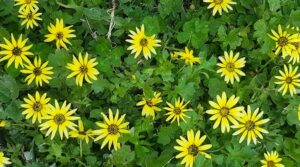
Arctotheca calendula Capeweed in flower
Weeds run rampant this time of year. You may have seen more and more popping up in the garden such as Bindii, Capeweed and the culinary Mustard weed.
Due to the increase in moisture from the autumn rains, the soil is loose, making weeds easier to pull out. As some of these weeds are just starting to appear it is always good to get them out while they’re young and their roots haven’t taken hold. If your weeds don’t have seeds on them, chuck them into your compost for added nitrogen!
Free plant nutrition in your autumn leaves!
Most of the leaves have fallen off the trees so we now have an abundance of free plant food!
Every year, hundreds of Victorians begrudgingly get out their rakes and green bins and begin to rake up those fallen leaves to toss out. But little do they know they are throwing away valuable material. Almost everything in the garden is recyclable and leaves are certainly no exception.
Leaves naturally fall around trees, creating a soft, decomposing bed around the base of the tree, keeping the soil protected and warm as well as eventually breaking down and improving the soil. Trees are very clever and prepare their own soil!
In smaller gardens, fallen leaves should be removed to allow the lawn to grow (as leaf littered lawns will die in patches) and prevent them from harbouring snails and slugs, as they love living in this moist environment.
Collect and store your autumn leaves for use throughout the year. It is best to try and compost or decompose your leaves from the beginning as dried leaves are a hot spot for earwigs to nest. These little pests usually help the decomposition process but they can also cause a lot of damage to your lush plants, much like snails and slugs! If you want to store them dry, store them in a sealed container so these pests can’t get in.
You can store your precious collected leaves in a large barrel, garden bin or even a garbage bag. Water them down to keep them moist and promote fungal growth, furthering the decomposition. If they’re stored in a large bin, layer them like you would your compost bin, with high nitrogen plants to replace the nitrogen the leaves have lost. (This would be a great use for all your pulled out weeds!)
Leaves can also be added to your compost if it is smelling bad from too much vegetable matter and this adds phosphate, potassium and other essential elements.
Leaves take 6-12 months to break down and become a beautiful mould.
Bare Root is coming…
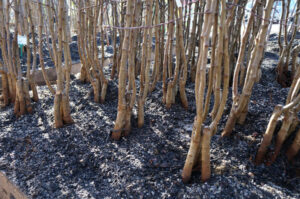
It’s almost time for BARE ROOTED FRUIT TREES and other wonderfully cheap deciduous trees! Winter marks the time for bare root so it’s best to get your garden beds prepared.
Till your soil, creating a loose, well-draining medium and make sure it is free from pests and diseases. Turn in any fallen autumn leaves and ready compost you may have so it can rest for the month before planting. Give the bed a good watering to keep all your microorganisms happy and healthy!
More information about Bare Rooted plants & why we love them here.
Evergreen Fruits
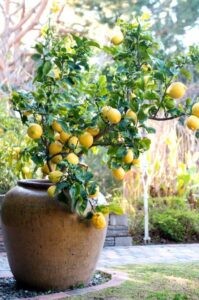 If you haven’t done so already, get your citrus and evergreen fruit trees in the ground now. That’s all your lemons, limes and oranges as well as guavas like Feijoa, Chilean and Strawberry guava. Dig a hole twice the size of the pot and water the hole. Partly fill your new hole so that you can place the plant’s root ball into it so the top of the root ball is level with the top of the soil. Back-fill with a light, fluffy soil or well-composted soil, nothing too rich. Keep weeds and lawn away from the base of the tree as these plants have shallow roots and don’t want to compete for water and nutrients. Mulch around the base, keeping the mulch away from the trunk. This will keep the weeds away, and the soil warm and moist until the spring. Water once per week or as needed as even winter can be dry! Some fruits that you can harvest right now are persimmons, various citrus fruit, feijoas, raspberries and strawberries.
If you haven’t done so already, get your citrus and evergreen fruit trees in the ground now. That’s all your lemons, limes and oranges as well as guavas like Feijoa, Chilean and Strawberry guava. Dig a hole twice the size of the pot and water the hole. Partly fill your new hole so that you can place the plant’s root ball into it so the top of the root ball is level with the top of the soil. Back-fill with a light, fluffy soil or well-composted soil, nothing too rich. Keep weeds and lawn away from the base of the tree as these plants have shallow roots and don’t want to compete for water and nutrients. Mulch around the base, keeping the mulch away from the trunk. This will keep the weeds away, and the soil warm and moist until the spring. Water once per week or as needed as even winter can be dry! Some fruits that you can harvest right now are persimmons, various citrus fruit, feijoas, raspberries and strawberries.
• Berries. Put in some delicious berries for that home grown home grown freshness.
• Citrus plants. We have a great variety in 4L pots that are on sale right now! These are fantastic varieties that were originally destined for Victorian fruit farms, so you know they were born to produce fruit, plus they are very affordable.
• Various fruit. Here is a great selection of the most popular and rare dwarf varieties, ideal for small spaces. Some are in limited quantities, so better hurry up.
The Vegetable Patch
Late autumn-winter is bean and pea planting season. These wonderful, plentiful veggies are best planted now. They add nitrogen into an otherwise depleted veggie bed and provide an abundance of peas and beans at the same time! Two for one! At the end of the season, your veggie bed will be ready for your spring crop.
For a good green manure crop plant beans such as broad or fava, peas and oats.
Other things to note…
- Before planting Autumn and Winter veg, enrich your soil by top dressing with some compost and manure and let it settle for a week. If the soil is too hard from being baked by the summer heat, you can gently turn it over to incorporate some organic matter into it, which will make new crops grow better. If you have hard or clay soil you can also add some soil wetter to make water penetrate more easily and retain moisture.
- Give new seedlings a good boost with an application of liquid fertiliser after a week and they will reward you later on.
- Autumn and winter veggies that should either already be in the ground or need to be planted now are as follows:
-Greens such as silverbeet, leeks, celery, watercress, lettuce, rocket, spring onion.
-Herbs such as parsley, thyme, oregano, coriander etc
-Asian greens such as Pak Choi, Kailan, Choi Sum
-Brassicas such as broccoli, cauliflower, cabbage, Brussel sprouts.
-Root veggies such as beetroot, turnip, radish, parsnip, onions, carrots and garlic.
-Legumes such as sugar snap/Snow peas and broad beans.
Check out our available range of vegetables and herbs.
Fertilizing
Due to the frequent rain in Autumn, nutrients leach away from the soil. Nitrogen or Nitrates are the most common essential nutrients that leach away, along with other highly soluble minerals such as calcium. You may tend to notice discolouration or yellowing leaves on your plants.
Use slow-release fertilizers or seaweed solutions instead of traditional instant “NPK” ones. These take time to break down and give a steady supply of nutrients for a few months. Choosing the right fertilizer for the right plant is important as these contain trace elements that the specific plants require which are often scarce in normal soil.
Click here to view a chart of various possible deficiencies in plants.
FREE Garden Design and FREE Weeping Cherry Tree!
For the month of May, we have an exclusive offer you will not want to miss! Following your FREE Garden Design with Chris, if you pay for your plants selected during your design meeting on the same day and spend over $1000, we will give you a FREE Advanced Weeping Cherry 20″ Pot worth $300!!
There are 4 varieties to choose from:
Cheals
Rosea
Falling Snow
Subhirtella Alba
Weeping Cherries are the perfect small feature tree for the suburban garden and can even be planted in large pots or half wine barrels on the back patio!
Get in whilst stocks last. Limit 1 per customer, per Garden Design!
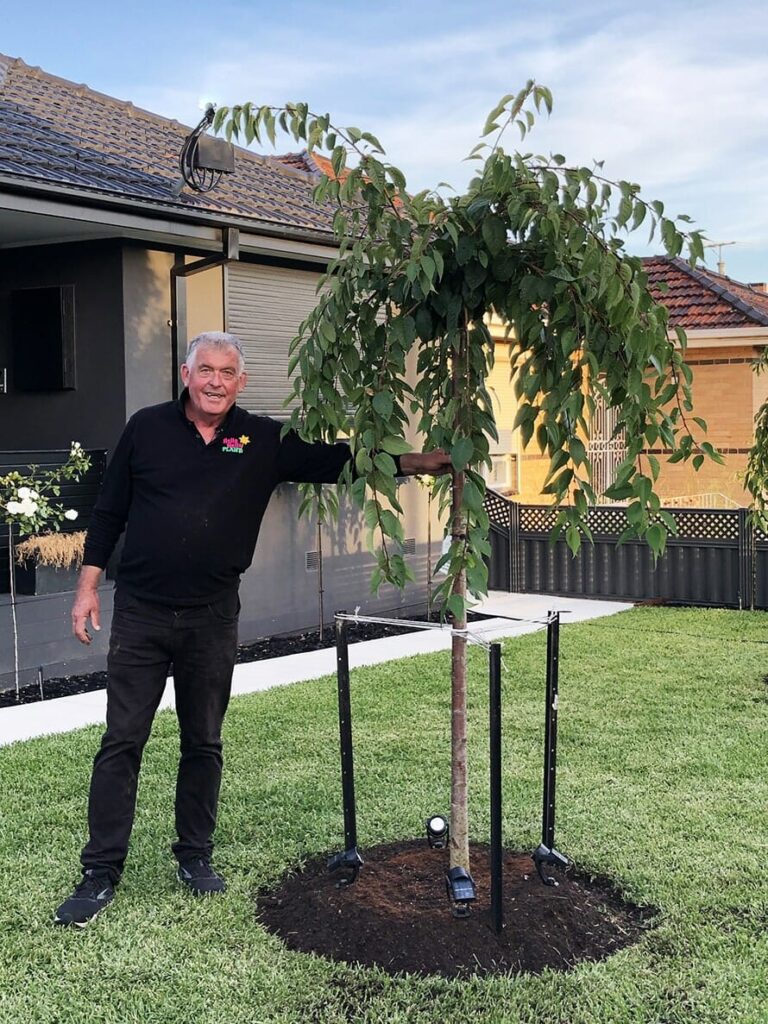
Garden Stimulus! Best plant deals in Victoria!
Aussies have been hit hard by the government’s current job seeker package ending, and the dream of getting the garden finished before the house goes on sale becomes less of a reality. But we hear you!!
We have released our own stimulus package for growers and gardeners alike! Growers need to move their stock and gardeners need a break from the never-ending costs of their garden.
We have loads of new specials from in-store and growers across Melbourne and we’ve kept prices real loooow so you can still stay within your now tighter budget.
If that doesn’t stimulate your gardening, I don’t know what can!
Our top Garden Stimulus offers!
-
-
-
-
-
-
Canna Lily ‘Dwarf Tropical Orange’ 8″ Pot
0Original price was: $19.99.$7.99Current price is: $7.99. -
-
-
-
-
Michelia ‘Port Wine’ Magnolia 16″ Pot (Eco Grade)
0Original price was: $229.99.$69.99Current price is: $69.99. -



